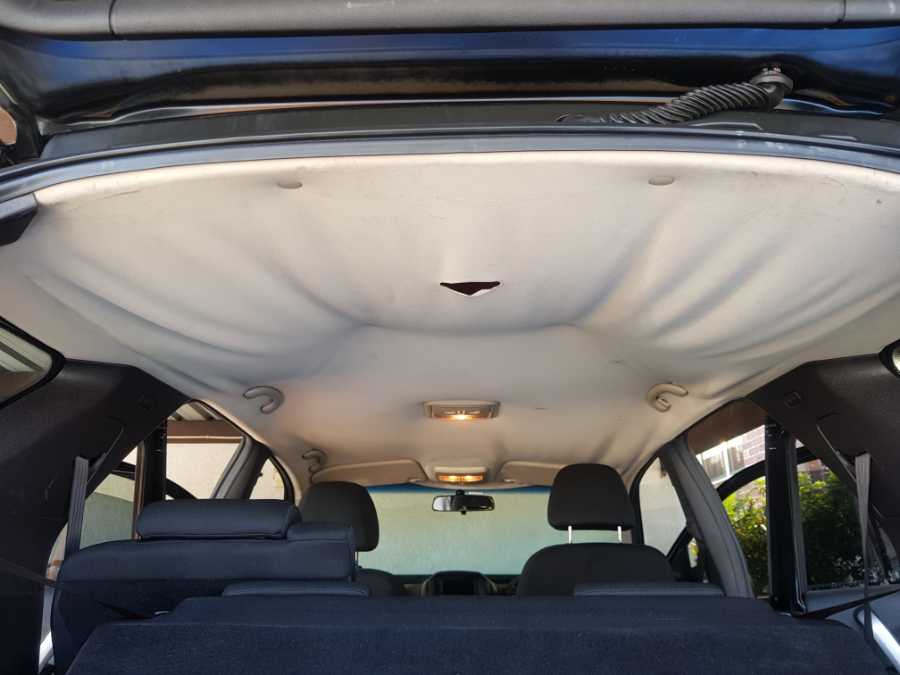✔ This article has been fact checked.
The cooling system in your vehicle plays an important role in keeping your engine running at the right temperature. One of the key components of this system is the coolant, which is a mixture of water and antifreeze.
The coolant helps to dissipate the heat generated by the engine and prevents overheating. In order to keep your cooling system working properly, it’s important to maintain the correct level of coolant in the system.
It’s usually recommended to add coolant to the reservoir when topping up its levels, but in some circumstances, such as when you’re flushing the cooling system, you can add it directly to the radiator instead.
In this article, we will discuss if you can add coolant straight to the radiator or if you should use the coolant reservoir instead.
Table of Contents:

Do You Add Coolant to the Radiator or the Reservoir?
It is generally recommended to add coolant to the coolant reservoir instead of the radiator. The coolant reservoir is a container located near the radiator that holds a reserve of coolant. When the coolant level in the radiator drops, the coolant is drawn from the reservoir to the radiator.
However, some vehicles are different and allow you to add coolant to the radiator directly.
-
If you’re flushing the radiator, you can add the solution straight to the radiator.
-
If you’re just topping up the coolant level, it’s better to add it to the reservoir as it will allow the fluid to circulate through the system more efficiently and provide a more accurate coolant level reading.
How Much Coolant Is in the Radiator?
The amount of coolant that should be in your radiator will depend on the make and model of your vehicle. The best way to determine the correct amount of coolant is to consult your vehicle’s owner’s manual or a mechanic.
How to Add Coolant to the Radiator
To add coolant to the cooling system, you will need to locate the coolant reservoir. The reservoir is usually located near the radiator and will have a cap labeled “coolant” or “antifreeze”.
Once you’ve located the reservoir, remove the cap and add the coolant until the level reaches the “full” or “max” mark.
If you’re adding coolant straight to the radiator, follow the directions below.
-
Remove the radiator cap
-
Drain the coolant from the radiator using the drain valve on the bottom of the radiator if necessary
-
Close the drain valve
-
Add coolant or solution directly into the radiator using the radiator cap
-
Remember to close the radiator drain valve once you’re finished
Do You Just Pour Coolant In?
It is not recommended to just pour coolant into the radiator or reservoir without determining how much you need. It’s important to ensure you know much coolant needs to be added and that you’re adding the correct amount of coolant.
On the side of the coolant reservoir are markings indicating “min” and “max”, use these markings to determine how much coolant you need to add.
Do I Have to Drain the Radiator Before I Add More Coolant?
It’s not necessary to drain the radiator before adding more coolant if you’re just topping the coolant fluid up. However, if you’re flushing the radiator, you will need to drain the old coolant fluid before adding new coolant.
Should the Engine Be Cold to Add Coolant?
You should only add coolant when the engine is cold for a number of reasons, as shown below.
-
It allows you to see the exact level of coolant in the reservoir and how much you need
-
It will prevent the coolant from boiling over when it’s added to the hot engine
-
It prevents injuries and burning
How Long for the Engine Cool Down Before Adding Coolant?
It’s recommended to wait at least 30-60 minutes for the engine to cool down before adding coolant or flushing the cooling system and radiator.
Conclusion
Remember to consult your vehicle’s owner’s manual for specific instructions on how to add coolant to your particular make and model. It’s also important to use the correct type of coolant for your vehicle and to check the coolant level regularly to ensure that it remains at the correct level.
Adding coolant straight to the radiator is not typically recommended, but in some cases, such as when flushing the radiator, it may be necessary. Always consult your vehicle’s owner’s manual before adding coolant and use the correct type of coolant for your vehicle.
#Add #Coolant #Straight #Radiator #Explained










